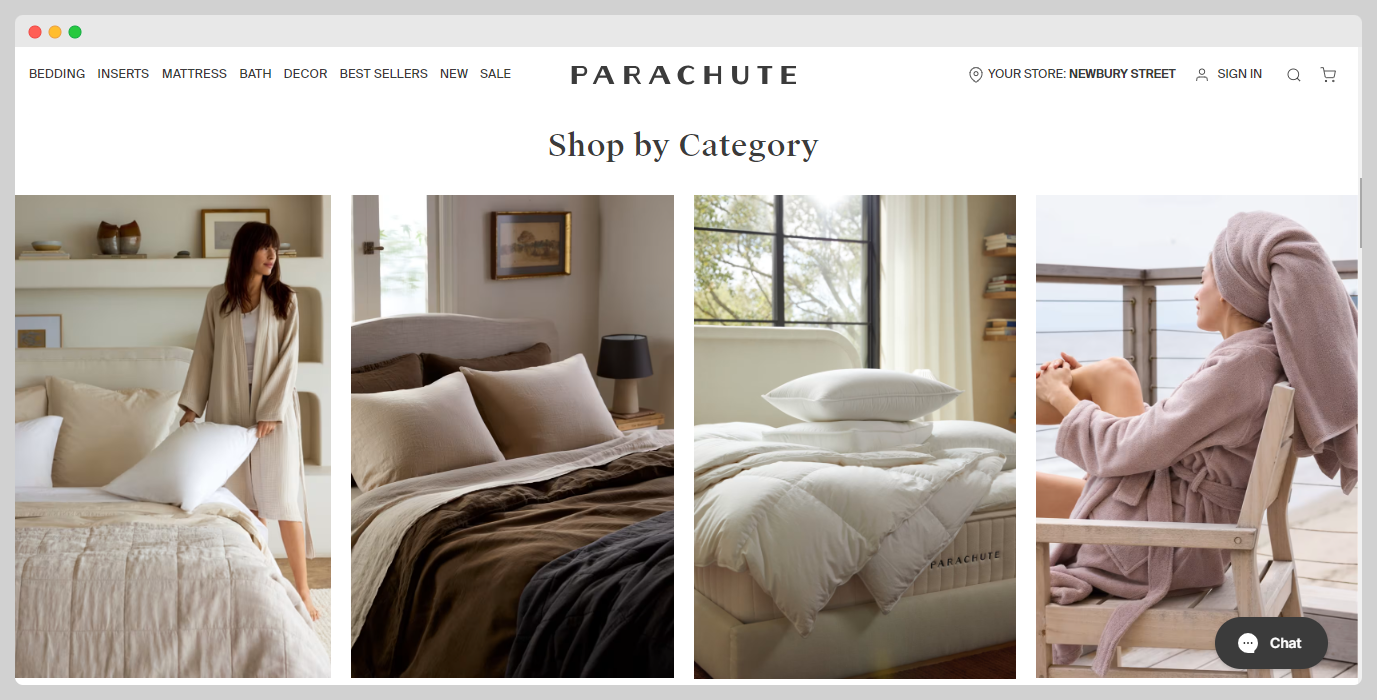How Ariel Kaye Grew Parachute Home to a Multi-Million Dollar Brand
Who is Ariel Kaye?
Ariel Kaye, founder of Parachute Home, is a former advertising professional from Los Angeles who pursued her passion for home and interior design to create a direct-to-consumer bedding brand after gaining inspiration from her travels in Italy. She graduated from NYU and leveraged her experience in brand building to establish Parachute as a cult-favorite home brand known for quality and comfort.
What problem does Parachute Home solve?
Parachute Home solves the problem of finding high-quality, comfortable bedding and home essentials at reasonable prices, providing a better sleep and home experience by using European-made products without toxic chemicals, making it a favorite for homeowners who value comfort and style.

Disclaimer: The initial draft of this article was compiled by the Starter Story team based on publicly available interviews, podcasts, and other content from the founder. See the sources we used here.

Download the report and join our email newsletter packed with business ideas and money-making opportunities, backed by real-life case studies.

Download the report and join our email newsletter packed with business ideas and money-making opportunities, backed by real-life case studies.

Download the report and join our email newsletter packed with business ideas and money-making opportunities, backed by real-life case studies.

Download the report and join our email newsletter packed with business ideas and money-making opportunities, backed by real-life case studies.

Download the report and join our email newsletter packed with business ideas and money-making opportunities, backed by real-life case studies.

Download the report and join our email newsletter packed with business ideas and money-making opportunities, backed by real-life case studies.

Download the report and join our email newsletter packed with business ideas and money-making opportunities, backed by real-life case studies.

Download the report and join our email newsletter packed with business ideas and money-making opportunities, backed by real-life case studies.













